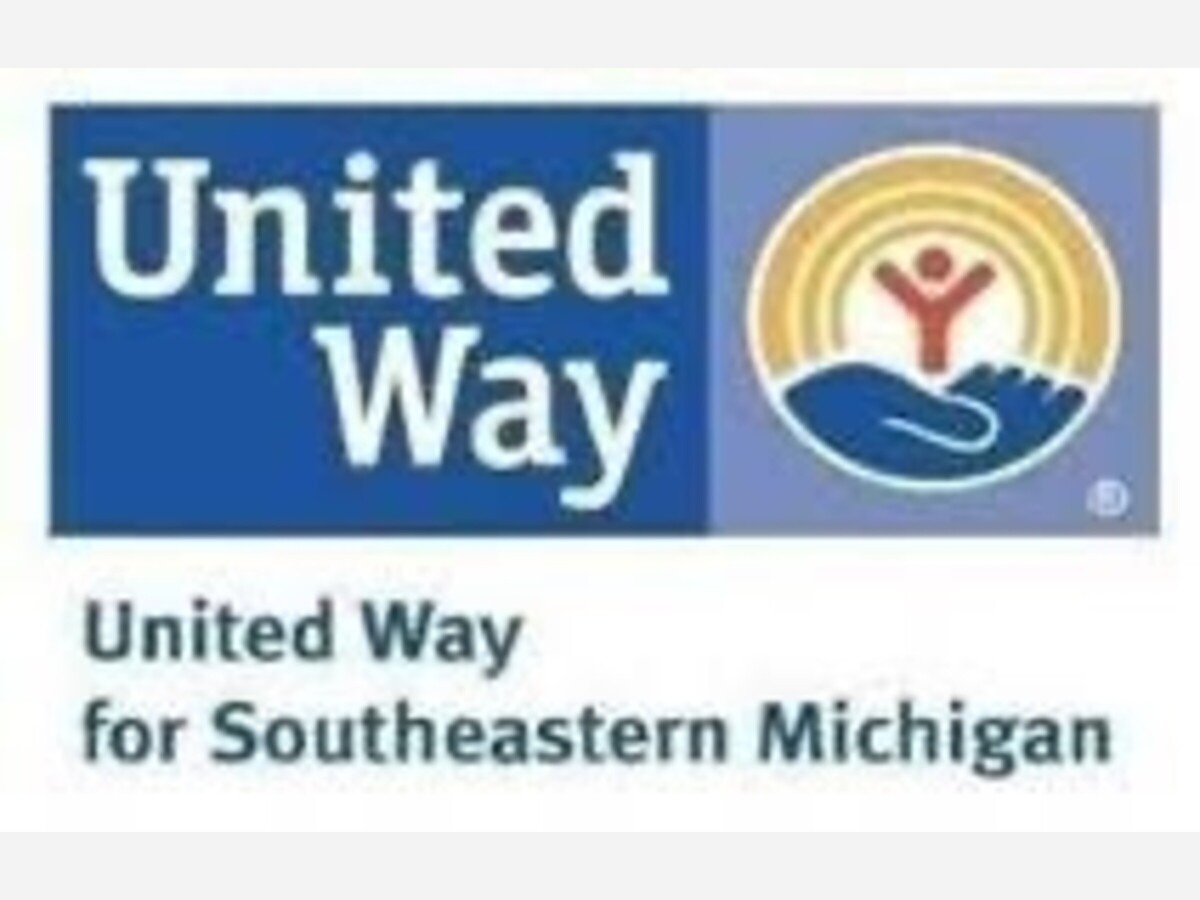Image


DETROIT, MI – May 22, 2024 — Though wages for the lowest paid jobs have risen across the country at the fastest rate in four decades, the number of households struggling to get by in Michigan grew by more than 100,000 from 2021 to 2022. As a result, a total of 1.7 million households or 41% were living paycheck to paycheck, according to a new update from Michigan Association of United Ways (MAUW) and its research partner United For ALICE.
That calculation includes the 537,322 Michigan households in poverty as well as another 1,133,874 defined as ALICE (Asset Limited, Income Constrained, Employed), those earning above the Federal Poverty Level but less than what’s needed to survive in the current economy. ALICE workers include child care providers, home health aides and cashiers — those working low-wage jobs, with little or no savings and one emergency from poverty.
ALICE in the Crosscurrents: An Update on Financial Hardship in Michigan shows that while wages were increasing, so too were costs. For a family of four with an infant and a preschooler, the basic costs to live and work in Michigan, excluding tax credits, rose from $72,792 in 2021 to $78,684 a year later. Compounding the issue in 2022 was the loss of up to $15,000 in federal child tax credits and stimulus payments that this family had access to in 2021.
“There is no doubt, bigger paychecks helped, but inflation and the loss of pandemic supports converged to keep ALICE trapped,” said MAUW President & CEO Kaitlynn Lamie. “This latest data is a reminder that while we have made some progress — including expanding our state’s Earned Income Tax Credit and funding 2-1-1, a help line for any resident struggling with the costs of basic needs — our work is far from over.
The findings in this one-year period are consistent with a more than decade-long trend: Since the end of the Great Recession, despite some ups and downs, the number of ALICE households in Michigan has been steadily growing. From 2010 to 2022, the total number of households rose by 6%, households in poverty decreased by 6% — and the number of ALICE households grew by 20%.
“The data shows persistent and widespread financial hardship — a red flag that the current system isn't working for ALICE,” said Stephanie Hoopes, Ph.D., United For ALICE National Director. “Current policy has not been enough to break down the barriers that trap ALICE households in financial hardship, from lack of access to housing and child care that’s affordable, to inadequate community supports such as broadband internet."
Additional insights include:
· Racial and other disparities persisted in the rates of financial hardship; 63% of Black and 47% of Hispanic households in Michigan were either in poverty or ALICE in 2022, compared to 38% of white households. Additionally, people age 65 and over made up the fastest-growing age group in Michigan from 2010-2022 – and the group with the largest increase (37%) in the number of households struggling to make ends meet.
· Child care remains simultaneously one of the highest costs for households with children and a low-paying career ($11.54 median hourly wage) for professionals, leading to child care shortages. According to the October 2023 Household Pulse survey, when families below the ALICE Threshold could not find affordable child care, they often cut work hours (37%) or took unpaid leave (28%) to care for their children.
· Food assistance continued to elude many vulnerable families in Michigan. Partly due to the SNAP income eligibility level in the state (200% of the Federal Poverty Level), only 46% of all Michigan households in poverty and 20% of all ALICE households participated in SNAP in 2022.
“Statewide, the number of families living below the ALICE threshold has risen from 39% to 41% since the last report was released. Across our four-county region, we’ve seen an even greater rise from 39% to 42% - an increase of 7.7%.” says Kyle DuBuc, Vice President, Communications and Advocacy, United Way for Southeastern Michigan. “This a major challenge that we must work together to address across the government, private, and nonprofit sectors to ensure our systems are effectively moving people from crisis to stability and from stability to prosperity by providing support needed in times of struggle and ensuring everyone has a pathway to success.”
The latest ALICE Update is available online at UnitedForALICE.org/Michigan and includes interactive dashboards that provide data on financial hardship at the state, county and local levels.